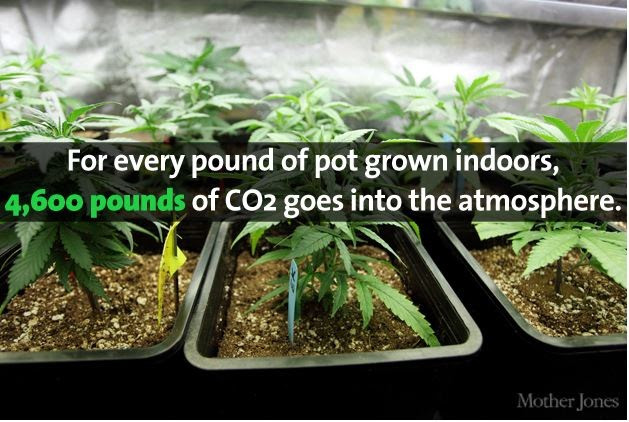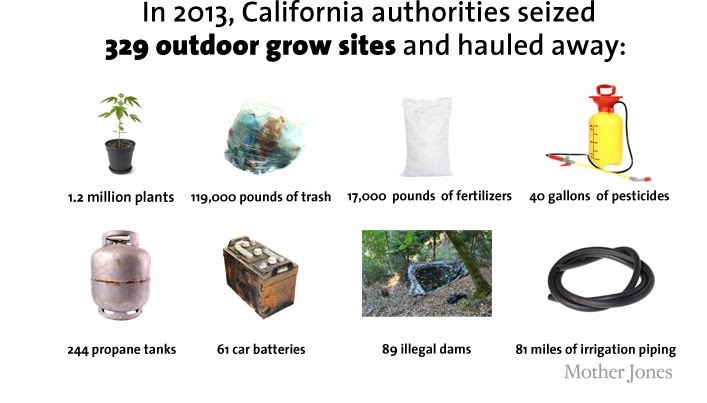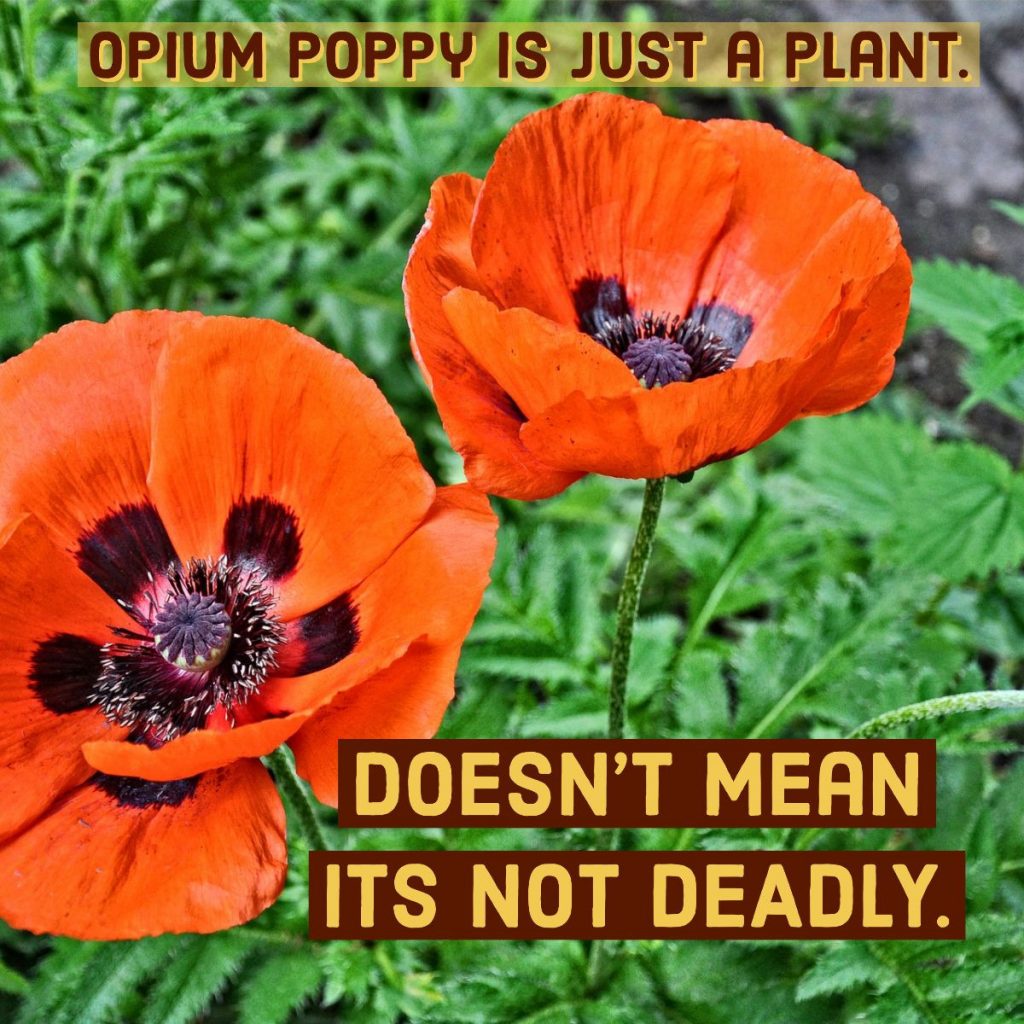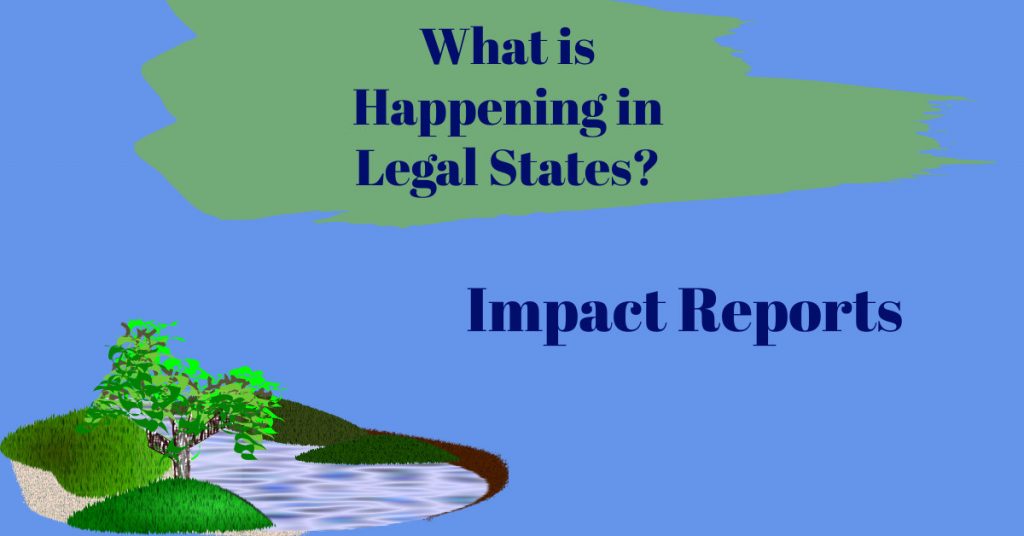Posted on June 29, 2021 View all news
Marijuana is hazardous to your health and the earth.
The only thing green about marijuana is the color. Otherwise, it is an environmental disaster.
Whether grown outdoors or indoors, it is dirty agriculture and negatively impacts air & water quality, robs the electric grid and watersheds, and produces greenhouse gases. The industry uses heavy pesticides which put wildlife at risk. It was never meant to be a large scale agricultural product. The end product contains mold and toxins that are harmful to humans.
They say it is only a plant.
Marijuana drains water supplies
Marijuana agriculture contributes greatly to California’s water shortage, with plants swallowing up more gallons of water than any other crop. One plant uses same water per day as one human should be consuming daily. For those concerned with water conservation, do we want to grow water-hogging weeds?

The above meme was published by Mother Jones Magazine in 2014. Since then, California public policy has resulted to more legal and illegal marijuana grows. Legalization is increasing the demand for marijuana. To improve the health of our environment, public policy ought to discourage use to decrease the demand for marijuana. Both legal and illegal marijuana grows are taxing our precious water supplies.
Veteran newsman Dan Rather writes Gone to Pot in The Huffington Post that large-scale syndicate farming is not only using lots of water but repaying communities by dumping deadly pesticides into the water supply.
Environmental scientist Scott Bauer wrote to the Los Angeles Times in 2015, “The reality is that marijuana cultivation has significant negative effects on our watersheds and the fish and wildlife that depend on them.” Given the money drug sales can bring in, it is doubtful that the “green rush” and all the environmental damage caused by the burgeoning pot industry will get better. As a matter of fact, data is showing that since this article was written in 2015, it has gotten worse.
This article from 2015 points out the environmental hazards and strains of illegal grows in CA. Corporate grows often use similar techniques and banned pesticides. Much is associated with watershed theft and poisonous chemicals, which are still a problem today since illegal grows are thriving after legalization, and corporate grows use same techniques. The author points out the regulatory steps needed to help with these environmental harms, but guess what? That takes money, money, money, making it another way tax revenue is insufficient to regulate the industry.
Illegal grows that steal water, divert streams and pollute the water supply are an ongoing problem for California. According to a June 25, 2020 article, the Humboldt County Sheriff’s enforcement team raided two parcels in the Honeydew area, seizing 7,930 cannabis plants and firearms. The California Department of Fish and Wildlife fined the growers for 26 water diversion violations ($8,000 per day, per violation) and seven water pollution violations (up to $20,000 fine per day, per violation). 2020 article.
Marijuana and the energy grid
As far back as 2014, indoor marijuana cultivation was 1% of U.S. energy consumption. In California, it accounted for 3% of the state’s energy usage.
In this report by the state of Massachusetts, the cannabis industry’s demand for energy will hinder the state from reaching it’s goal of conserving energy.
The Toronto Star reported in 2019 that energy demand by indoor marijuana cultivation will increase 1000% in the next 5 years.
Marijuana and Greenhouse Gases
The emissions from cannabis cultivation factories (CCFs) for recreational and medicinal use could strongly impact the regional air quality in Denver, Colorado, according to research from William Vizuete, PhD, associate professor of environmental sciences and engineering at the UNC Gillings School of Global Public Health. Denver is already experiencing air quality problems, and researchers are questioning the role of marijuana terpenes on Denver’s Air Quality problems: VOC’s, terpenes, and ozone air pollution.
The 2019 study published in Atmospheric Chemistry and Physics shows “(t)he legal commercialization of cannabis for recreational and medical use has effectively created a new and almost unregulated cultivation industry. In 2018, within the Denver County limits, there were more than 600 registered cannabis cultivation facilities (CCFs) for recreational and medical use, mostly housed in commercial warehouses. Measurements have found concentrations of highly reactive terpenes from the headspace above cannabis plants that, when released in the atmosphere, could impact air quality. Here we developed the first emission inventory for cannabis emissions of terpenes. The range of possible emissions from these facilities was 66-657 metric tons/year of terpenes across the state of Colorado; half of the emissions are from Denver County.

MARIJUANA: 1 OUNCE (INDOOR) =280 POUNDS OF CO2 EMISSIONS.
BEER: 12 PACK = 14 POUNDS OF CO2 EMISSIONS
Marijuana, deforestation and fires
At least 2 large wildfires in California and one of the largest fires in Colorado were started by marijuana users or growers. See PopPot’s story, Global Warming, Fires and Marijuana. The destructive Soberanes fire in 2016 in California – the “hikers” rescued from fire turned out to be illegal marijuana growers, who as squatters living in the forest, may have been responsible for the fire. It is suspected that illegal marijuana growers sometimes start the fires when they fear detection and wish to erase evidence of their illegal activities.
Read article about University of Michigan Medical School Survey.
Marijuana and effect on flora and fauna
California’s rogue cannabis farming is threatening magnificent redwood forests. Illegal grows, and the environmental destruction they cause, have increased in California since voters ushered in legal marijuana. National Geographic magazine feature story describes the magnitude of the problem, Illegal Marijuana Growing Threatens California’s National Forests.
Dr. Gabriel Mourad decries the landcape scarring, energy sucking, wildlife killing illegal grows in this expose video by Mother Jones Magazine. See the corresponding article, here.
The spotted owl is being harmed by exposure to rat poison from illegal grow sites in Northern California.

“…cannabis is not an environmentally friendly plant. Marijuana is no longer being primarily grown in small batches by hippie-farmers who love nature and mother earth. Today’s marijuana is grown by large commercial agri-corporations with chemists and accountants at their beck and call. Remember, we have not legalized marijuana; instead, we have capitalized, monetized, commercialized and marketed THC.”
–James Avery, M.D.
Marijuana: An Honest Look at the World’s Most Misunderstood Weed”, page 127
Latest 2020 state impact reports for CA, CO, and MI:
https://www.thenmi.org/category/impact-reports/
Take Action
“Despite bucolic images of the hippie farmer, today’s marijuana is being produced by a sophisticated industrial complex and comes with a significant environmental cost. Marijuana, compared to hemp and other crops, requires a comparatively larger amount of water, fertilizer and pesticide. Indoor cultivation consumes an inordinate amount of electricity and produces excessive greenhouse gases. As a society considering legalization, we need to be asking if the benefits are worth the negative impact on our environment.” (ibid, page 128)
Take action now and write your Senators and Congressman, as well as local authorities, about these environmental concerns. Marijuana grow sites can pop up anywhere, and allowing legal grows often leads to large-scale corporate sites (think tobacco) or illegal sites, which deplete valuable resources and poison the water, wildlife and land.
Find your Congressman or Senator here: https://www.govtrack.us/congress/members
Sample Letter:
Dear [Representative or Senator in Congress]:
For the last 25 years, marijuana agriculture has proven to be an environmental disaster on many levels. We cannot be environmentally responsible and support the marijuana industry. Mother Jones Magazine wrote articles warning of these problems back in 2014, but politicians and climate change activists either ignored the news or chose not to speak up.
When it comes to the droughts, blame marijuana — not almonds — for California’s water woes.
As the logging industry began to leave Northern California in the 1990s, marijuana growers moved in and cleared giant trees as quickly as loggers left. Hiding between the giant trees, many of these illegal growers went unnoticed until recently. Old trees are fire resistant, while marijuana is not.
Because the huge, ancient trees sequester carbon and trap water, those concerned about climate change were justified to worry about the destructive logging practices of Pacific Lumber. Giant redwoods absorb water into their leaves directly from the fogs of California’s north coast. On the other hand, 15-foot marijuana plants need at least five gallons of water every day.
For years, marijuana growers have been diverting streams for irrigation, killing what was once an abundant, natural fish supply. Northern California used to be home to tons of wild salmon, but it’s no longer the case. The marijuana industry essentially killed the state’s vital fishing industry.
Furthermore, growers use banned pesticides and rodenticides which flow into the watershed, killing the rich ecosystem. The existing marijuana industry threatens the eradication of several species.
Indoor growing is no more advantageous for the environment, because growth of the plants requires special lights that are kept on overnight. In fact, marijuana growers in Colorado are straining the electrical grid in the region around Denver.
The United States cannot combat global warming while allowing marijuana agriculture to expand, as current marijuana bills under consideration by Congress would do. It’s possible that the marijuana industry fuels global warming more than strip mining, fracking, or any other agricultural industry.
Legalizing marijuana in any form, including rescheduling it away from Schedule I drug status, would truly be a disaster!
Sincerely,
Share this Think Ya Know? On social media to help correct the false narrative.



